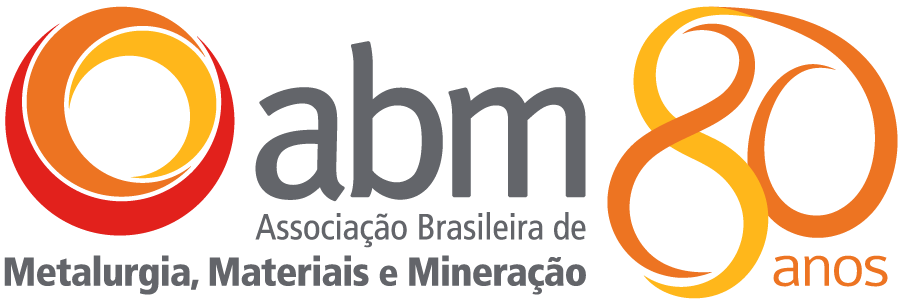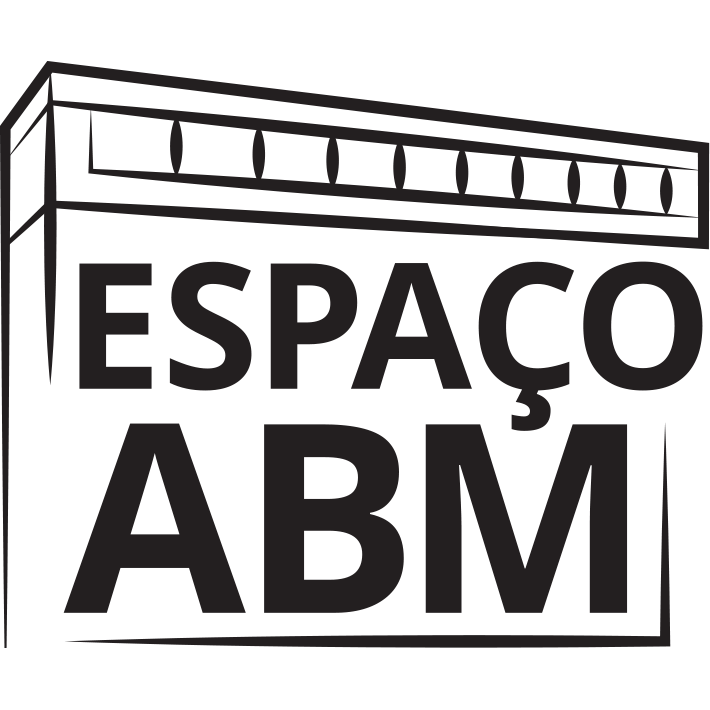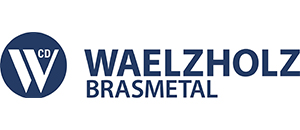Brazil appears as a potential leader in the steel industry decarbonizing in a panel held at ABM WEEK

The panel Trends and Sustainability in Ironmaking, held on June 9, the third day of the ABM WEEK’s 6th edition, discussed the decarbonizing process in the steel production chain and the role Brazil will play in this process.
Moderated by consultant José Murilo Mourão, the debate counted on the participation by Paulo de Freitas Nogueira, Vale’s director for iron ore sales; Klaus Peter Kinzel, deputy vice president at Paul Wurth, Luxembourg; José Noldin, head of CSN INOVA TECH for Strategic Technology and Decarbonization; and Wieland Gurlit, senior partner at McKinsey & Company. Techniques and processes such as cold agglomeration, greater use of biomass and green hydrogen, and the decay of the blast furnace route were the event’s main topics.
Wieland Gurlit presented data that place Brazil as a potential leader in the global steel chain decarbonization. The McKinsey executive listed the optimization of existing operations, adjustments with higher capex, and the development of carbon-neutral new technologies as key factors for the decarbonization of the steel industry.
Among these technologies, Gurlit points out three as being fundamental: the use of green hydrogen, biomass fuel, and CCUS (carbon capture, use, and storage). He also emphasized that none of them alone will be able to turn steel into a zero-emission industry by 2050, the target year for most countries, given technical and economic feasibility factors, the scale on which such technologies can be put into practice, and the scientific community’s and society’s perceptions about each one.
So, how could Brazil become the leader in this process? Through the use of green hydrogen in HBI-based processes and biomass to produce pig iron. The extensive availability of renewable energy sources in the country would give it a very competitive position in the production of green hydrogen, an element that is set to remain relatively scarce in Europe. Additionally, Gurlit draws attention to the fact that, despite Brazil’s high biomass generation capability, the processes currently employed by merchant pig iron producers will have to undergo some changes.
José Noldin, CSN's representative, highlighted another major role Brazil could play in the international market when it comes to exporting high grade iron ore, especially when one considers the need to increase the share of pellets in ironmaking charges. Noldin also stressed that, despite the importance of decarbonization and sustainability in the steel industry, care must be taken to avoid what he called “green anemia”. In this respect, he envisages certain solutions, such as new technologies currently gaining traction, the transformation process speeded up by the use of hydrogen, and ironmaking becoming a real business apart from steel production. The ultimate purpose is to cope with already existing challenges, such as the need for high investments in infrastructure, raw material constraints, and the regulatory environment.
Focusing on an approach to mitigate CO2 emissions by blast furnaces, Paul Wurth’s Klaus Peter Kinzel explained why the BF route remains the market's favorite, citing such reasons as process maturity and proven productivity, flexibility in using iron ores containing other raw materials, and the use of fossil fuels, which makes this route less dependent on power grids. When it comes to the decarbonization of this production system while bearing in mind the fossil fuel issue, the exploitation of hydrogen waste and the use of green hydrogen and natural gas are some of the ways to decarbonize. “Biomass is also a key energy source for the steel industry decarbonization,” the executive noted.
Vale’s director Freitas Nogueira brought an important contribution to the table by addressing cold agglomeration in the iron ore sintering process and investigations currently carried out by Vale about this process. In addition to practical advantages, including widespread application possibilities, high handling capability, low degradation, and the need for fewer investments in new processing plants, Freitas Nogueira also highlighted positive aspects of cold agglomeration from the environmental standpoint, such as lower water and fossil fuel requirements and low carbon dioxide and particulate emissions, which also support the decarbonization trend.
Regardless of the ore extraction and ironmaking processes and technologies chosen, the panelists shared the opinion that making ironmaking increasingly sustainable is a must. And it should come true as quickly as possible, given the carbon neutrality deadlines most countries have set.
The 6th ABM WEEK is hosted by Gerdau and is sponsored by the following companies: Açokorte, Air Liquide, Alkegen, Amepa GmbH, Aperam, ArcelorMittal, Atomat Services, AutoForm, BM Group/Polytec, BRC, Braincube, CBMM, CEMI, Combustol, Clariant, Danieli, Dassault Systèmes, DME Engenharia, Eirich, Enacom, Engineering, Evonik, Fosbel, GSI, Harsco, Hatch/CISDI, Ibar, Imerys, IMS Messsysteme GmbH, Isra Vision Parsytec, John Cockerill Industry, Kuttner, Metso Outotec, Nalco Water/Ecolab, Nouryon, Primetals Technologies, PSI Metals, Reframax , RHI Magnesita, Saint-Gobain, SMS Group Paul Wurth/ Vetta, Spraying Systems, Suez, SunCoke, Tecnosulfur, Ternium, Timken, Thermo Fischer, TopSolid, TRB, Unimetal, Usiminas, Vale, Vamtec, Vesuvius, Villares Metals, Wallonia.be (ADI – Industrial Services, John Cockerill Hydrogen, BorderSystem, Datanet International, Synthetis e PEPITe), White Martins e Yellow Solution. Special support: : CNPq. Institutional support: Abal, Abendi, AIST, AIST Mena, Alacero, Casa de Metal, CBCA, Elsevieir, Ibram, ICZ e Instituto Aço Brasil, CIMM e Ind4.0


















Deixe seu comentário